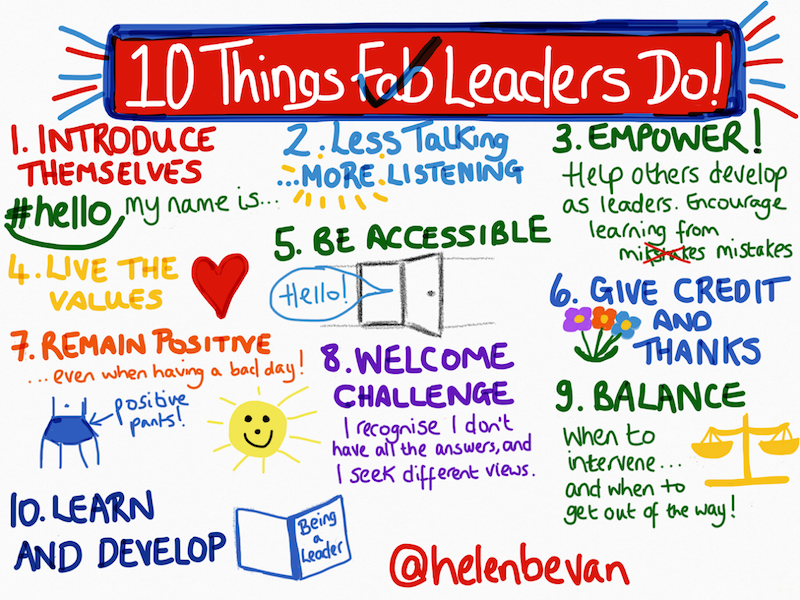Emerging leadership
Index
Social movements are grassroots, people-led change initiatives. This means it is essential for change agents, change teams and others to emerge as informal and formal leaders who engage in social movement thinking and actions. In this section, you will learn some roles emerging leaders play and the knowledge and skills needed to navigate change processes using social movement actions.

What is this element?
As individuals engage in social movement, they become inspiring change agents or members of change teams who willingly take on informal and formal leadership roles. If there is enough organizational support and a high level of investment and involvement, they emerge as people who speak out about and address the shared concern or strongly desired change; they take steps as leaders to drive mobilized individual and collective action (Dementia Action Alliance, 2018; Kennedy et al., 2019; Tremblay et al., 2018).
Ambassadors for the change as innovators or early adopters
- Are knowledgeable and skilled in driving change in their local context or setting
- Embrace new knowledge to remain current in the best practices
- Are knowledge brokers who have the know-how to effectively convey information to peers
- Actively engage in evidence uptake and sustainability as role models
Credible and influential peer champions for the change
- Think strategically and creatively to develop new ideas and approaches to support change
- Recognized as credible leaders with knowledge of change and change processes
- Recognized among peers as role models who take action
- Know how to get others interested and involved in change activities
- Use celebrations of achievements as opportunities to gain public visibility for the cause
Key influencers and opinion leaders
- Have the power and ability as informal leaders to shape peer viewpoints
- Are effective at enabling change through their connections with others and their perceived value
- May be more impactful at leading change initiatives than those in formal roles
- Give meaning and value to shared experiences
- Have the power to accelerate the engagement of others by appealing to them to get involved
Boundary spanners
- Have relationships and connections with others beyond or outside of the local context
- May have access to resources as a result of their collaborations with others (such as social groups, organizational or regional networks beyond the local context)
SOURCES: Bevan et al., 2011; Bibby et al., 2009; Burbidge, 2017; del Castillo et al., 2016; Dementia Action Alliance, 2018; Grinspun and Bajnok, 2018; Kennedy et al., 2019; Waring and Crompton, 2017.
Why is this element important?
Emerging change agents, change teams and others are essential to the development of a social movement. They:
- play a central role in shaping and influencing parts of the social movement, such as collaborating to determine the shared concern or strongly desired change, frame or position the movements’ message, and create and coordinate for individual and collective action (Tremblay et al., 2018)
- spark an interest in the social movement through their enthusiasm and commitment for the change. Emerging leaders seek and welcome others to the social movement, and they support the sustainability of the critical mass needed for transformative change (Kennedy et al., 2019)
- act as positive spokespersons or messengers for the social movement (Dementia Action Alliance, 2018)
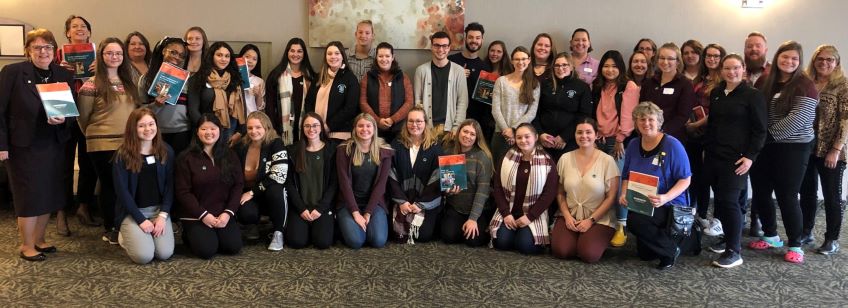
Newly-minted RNAO Best Practice Champions and emerging leaders following a Level One Champions workshop in North Bay, Ontario hosted by BPSO Nipissing University (PHOTO: RNAO, 2019, Oct 25)
Accelerate Your Success: The Knowledge-to-Action (KTA) Framework’s "Identify the problem" action cycle phase includes strategies for how change agents can work together as a change team. As social movement actions are driven by the collaborative and coordinated efforts of a unified group, it can be helpful for change agents to learn skills in this area. Visit "Identify, select and review the knowledge tool" at Tools | RNAO.ca to find out more about working as a team and choosing knowledge tools such as Best Practice Guidelines to address a problem.
Case studies
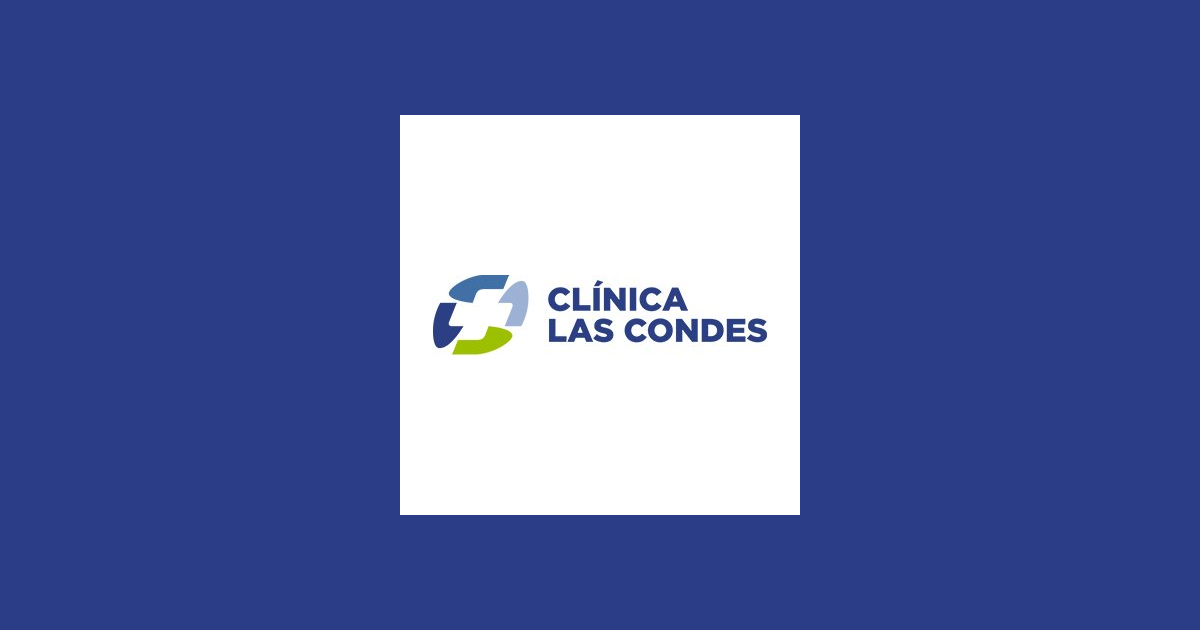
Championing BPG implementation at Clinica las Condes
The Best Practice Guideline (BPG) Program has supported the leadership and influence of thousands of Registered Nurses’ Association of Ontario (RNAO) Best Practice (BP) Champions as change agents engaged in the implementation of evidence-based practice changes.
For example, at Clínica las Condes (CLC), a Latin American Best Practice Spotlight Organization® (BPSO®) in Santiago, Chile, BP Champions are committed volunteers consisting mostly of nurses and other health professionals. Their leadership is evident in the multiple activities they lead, including:
- reviewing guidelines and organizational policies
- motivating colleagues
- presenting guideline recommendations at clinical services meetings twice a year
- ensuring adherence to practice changes in their clinical units
(Serna Restrepo et al., 2018)
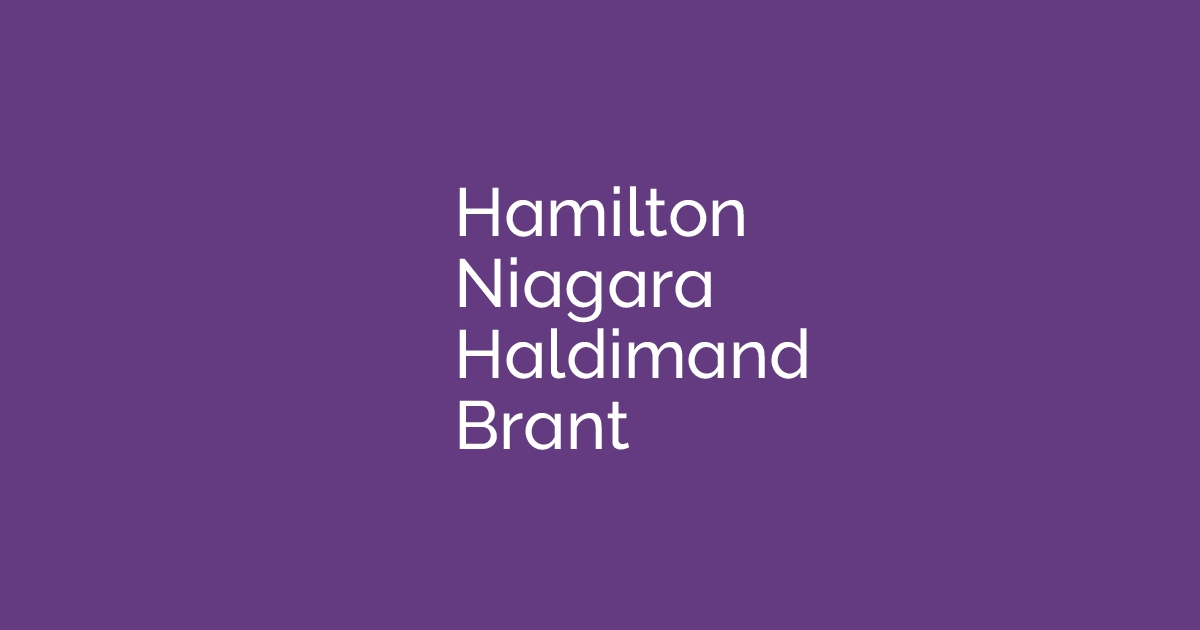
Leveraging transformational leadership to engage teams and enhance person- and family-centred care at Hamilton Haldimand Brant (HNHB) Behavioural Supports Ontario (BSO)
Behavioural Supports Ontario (BSO) is a pre-designate Best Practice Spotlight Organization® (BPSO®) serving long-term care (LTC) homes in Hamilton, Haldimand-Norfolk, Brantford, Burlington and Niagara Regions. BSO aims to enhance care and services for older adults with dementia, complex neurological conditions and mental health challenges who present with responsive behaviours through comprehensive assessment and the development of strategies to optimize care for the resident.
The Hamilton Niagara Haldimand Brant (HNHB) BSO team supports 86 LTC homes with more than 11,200 beds combined. Using transformational leadership and applying key characteristics from the Social Movement Action (SMA) Framework, the organization successfully shifted the culture of the organization to one that supports and sustains high quality and best practices by engaging and motivating staff. Integral to the process was a strong core leadership team of interprofessional staff, intrinsic motivation and momentum.
The organization used RNAO’s BPSO model and gap (opportunity) analysis tools to identify and evaluate areas of improvement in process and practice in three fields of work during the implementation of three RNAO best practice guidelines (BPG) – Person and Family Centered Care, Identification and Assessment of Pain and the Management of Delirium, Dementia and Depression. The impact on personalized care and satisfaction with care are described in Figures 1 and 2.
Figure 1: Percentage of residents and families participating in developing their personalized plan of care (assessments completed during referrals)
Evaluation impact: There was a 50.3 per cent increase in residents’ and families’ participation in developing personalized care plans. Data remained consistently above the HNHB average since January 2021.
Figure 2: Number of residents and families satisfied with their involvement in care and treatment planning
Evaluation impact: There was an 80 per cent increase in residents’ and families’ satisfaction with their involvement in the care and treatment plan at the five implementation sites. Survey results from the five implementation sites demonstrated that residents and families responded “always” and “usually” when asked if they were satisfied with their involvement in the care and treatment planning.
In addition to these outcomes, HNHB BSO has identified the following improvements via quantitative data:
- increased number of screenings and assessments for pain completed
- improved consistency in the screening and assessments of delirium, dementia and depression for all clients
- improvement of more than 80 per cent in the number of residents and families satisfied with their involvement in care and treatment planning
Lessons learned
While implementing the BPGs, HNHB BSO discovered several effective strategies, including the following:
- Engaging staff to agree on a common resident-centered goal by developing a “BSO High Five” program. This program recognizes front-line workers who have demonstrated a person-and family-centered approach to care and have motivated other staff to implement and sustain best practices.
- Applying transformational leadership that focused on staff and stakeholder involvement and engaging them throughout the assessment, planning, implementation and evaluation phases of BPG implementation.
- Developing a best practice steering committee that includes formal and informal leaders, staff, and stakeholders. Persons with lived experience are also engaged in the committee to ensure the incorporation of a global perspective into the planning process from the start.
- Ensuring best practices are on all meeting agendas to sustain momentum toward BPG implementation.
- Conducting process and education gap analyses to address areas of improvement as part of a quality improvement project.
- Valuing staff-driven changes and improving synchronization between the project managers and the team to ensure cohesion, a common identity and a shared vision.
- Understanding the importance of going slow and growing the changes to ensure the alignment amongst all staff. This was crucial to the planning and evaluation phases and allowed for the realignment of strategies and approaches, if necessary, during the implementation of projects.
Shared with permission from Hamilton Niagara Haldimand Brant (HNHB) Behavioural Supports Ontario (BSO)
Tell us about your emerging leaders at #LeadingChangeToolkit
Considerations for getting started
To be an effective change agent or member of a change team, you need to develop knowledge and skills about how to lead and participate in social movements. This section includes strategic actions to:
- develop leadership skills
- support and influence colleagues to become change agents
- build capacity to navigate resistance to change
Develop leadership skills
Support and influence colleagues to become change agents
Build capacity in navigating resistance to change
SOURCE: Jaben, 2016.
Accelerate Your Success: The Knowledge-to-Action Framework’s "Assess barriers/facilitators to knowledge use" action cycle phase includes a discussion of organizational factors that can act as barriers (challenges) or facilitators (enablers) for knowledge uptake and sustainability. Developing effective knowledge and skills to drive change and influence others is essential to achieving goals and gaining momentum. Visit Examples of barriers and facilitators | RNAO.ca to find out more about leadership styles that facilitate change.
Implementation tools
Click here for the Tips and Tools brochure "Developing and sustaining nursing leadership" to learn practices of transformational leaders and complete a leadership self-assessment
Navigating common problems
Read below about common problems that you and your change team may encounter as emerging leaders and strategies to address them.
Your colleagues understand the change but are opposed to it.
- Recognize that there may be individuals who do not support the change initiative due to many factors, like feeling threatened by the change or preferring to maintain the status quo.
- Avoid using education to address their opposition – this is unlikely to address their concerns.
- Continue to root the change in values. Make sure that you are clear when talking about the desired change and solution, Emphasize the gains to be made by change agents.
- Avoid engaging with people who are trying to discredit or attack what is happening – at least until you have achieved some momentum.
There is a delay in taking individual or collective action.
- Spend time planning and collaborating with others to establish the goals of the social movement – but don't delay taking action.
- Recognize that you can get started by taking even small steps.
- See – and describe – change as a journey.
People you're working with on the change perceive that the work is done when the goals of the social movement have been met
- Recognize the danger of returning to "old" ways of thinking and doing if the social movement is perceived to be over and no further action is needed to maintain the change.
- Remember that the long-term goal is sustainability – and continue to focus on that.
SOURCES: Robert and Bate, 2010; Satell, 2020.
Check your progress
- You continue to engage in open dialogue with colleagues about the change initiative, modifying your common goals as needed.
- You regularly assess the impact of your change efforts to determine whether your activities are effective.
- You remain committed to pivoting and trying new ideas when the original strategies are not as effective as expected.
- You support and contribute to colleagues’ emergence as change agents (Ortner, 2004).
Linking this key characteristic to other framework components
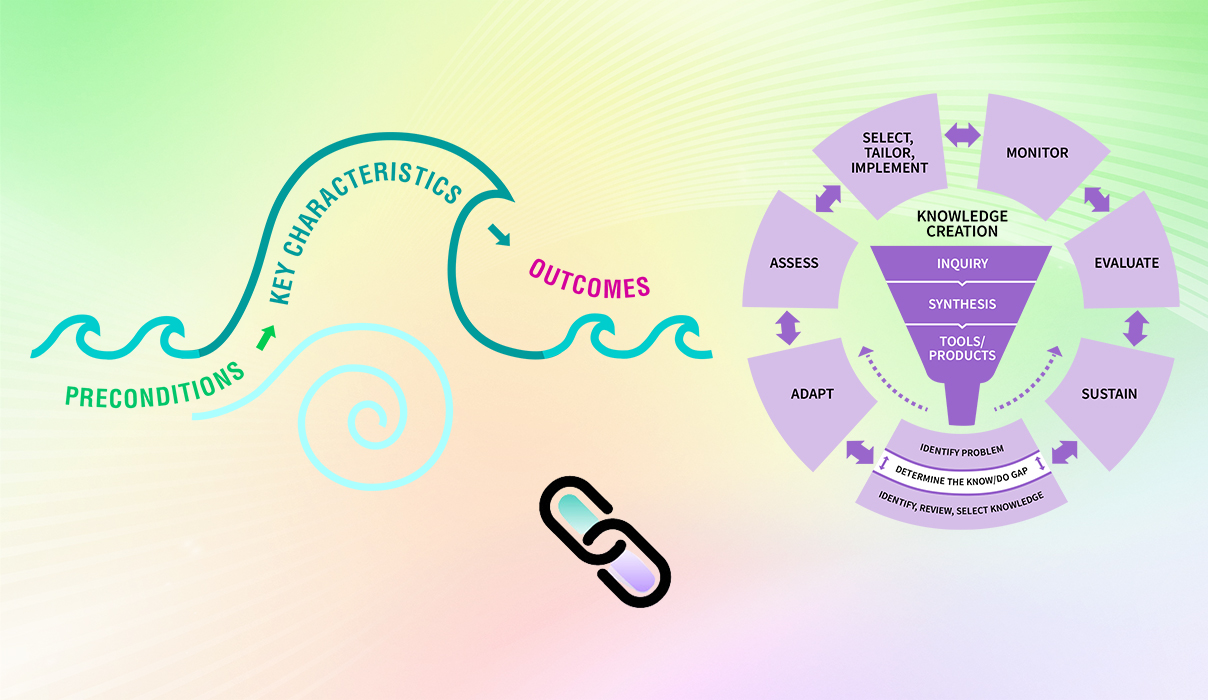
Linking this key characteristic to other elements of the Social Movement Action Framework:
Each of the elements of the Social Movement Action (SMA) Framework is dynamic and interrelated. For example, change agents, as emerging leaders, define the shared concern or desired change and the urgent need for action with the input of colleagues and others. They use framing to develop strategic messaging to highlight the social movement, including a shared concern or strongly desired change, vision and goals. Change agents are committed to the social movement because it aligns with their values and beliefs thus engaging their intrinsic motivation. They are actively involved in individual and collective action; these experiences foster the development of a collective identity.
Linking this key characteristic to the action cycle phases of the Knowledge-to-Action Framework:
You and your change team’s capacity in social movement actions may be enhanced and/or accelerated by adding in some of the action cycle phases of the Knowledge-to-Action (KTA) Framework, as the two frameworks are complementary. In addition to the two linking examples described earlier in this section, there can be many other points of connection between the two frameworks. Here are two examples for you to consider:
- Adapt knowledge to local context: As the social movement evolves, change agents may notice that informal and formal leaders are emerging. These leaders may reside in a variety of contexts, be in different roles, and have access to various resources. You can assess the local context in which these leaders are found, those whom they influence, and the resources they can leverage for the social movement. This assessment can help these informal and formal leaders to strategically navigate their local context and can maximize their impact.
- Sustain knowledge use: Determining whether the change is sustained over time can give emerging change agents a sense of whether there is continued leadership and involvement in the social movement. Once the change is achieved in your setting, do change agents remain as peer influencers and opinion leaders or is there a shift in their credibility, status, and connections? If the change is not being sustained and change agents no longer hold the same commitment levels or create the same impact as they did before, it may be necessary to revisit roles and responsibilities.
For more discussion of the dynamic links between the elements of the SMA Framework to one another and to the KTA Framework, see the section "Two complementary frameworks".
More resources
Want to learn more about using the strategies of the SMA and KTA frameworks to support your change? Sign up for the RNAO Best Practice Champions training course.

